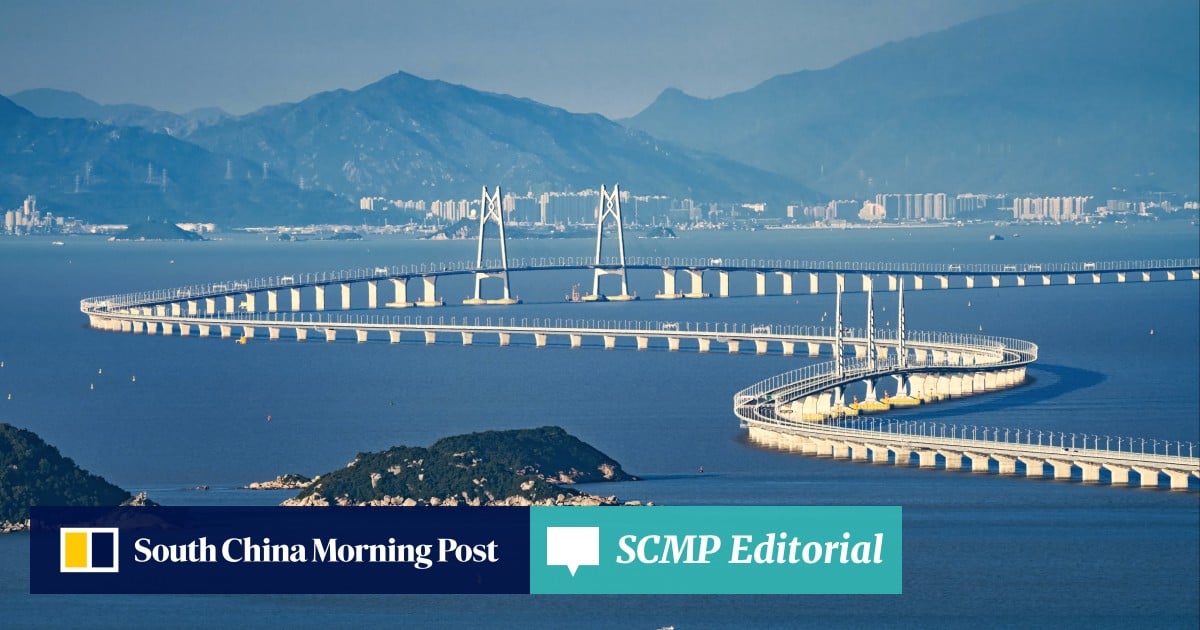Cross-border trips have long become part and parcel of city life under the national drive for closer integration within the Greater Bay Area. While travelling via public transport is as easy as hopping on a bus or a train, access for private vehicles is still lagging behind.
The authorities have sensibly opted for a cautious approach at the initial stage, taking into account the city’s limited space and capacity. Up to 1,800 parking spaces will be set aside at an artificial island near the Hong Kong-Zhuhai-Macau Bridge under a park-and-fly option for passengers using the city’s airport. Those venturing into the urban area will be subject to a daily booking quota of 100 for a stay of up to three days, with the requirements of valid Hong Kong driving licences, vehicle inspections and third-party insurance.
The relatively small quotas mean it is more about travel convenience than economic benefits at the early stage. But it opens up a new travel mode in which mainland visitors can drive all the way to the city not just for transit, but also for leisure and business. Under one of the three suggested itineraries by the authorities, visitors can drive to Ocean Park for a visit and continue to explore Repulse Bay, Aberdeen and Admiralty via public transport. Another option is to park and stay near the AsiaWorld-Expo on Lantau Island and take public transport to reach the cable car ride and Big Buddha.
Whether the new arrangement can drive tourism remains to be seen. More than 100,000 Hong Kong vehicles have benefited over the past two years from the northbound vehicle scheme. Given the growing popularity of self-driving tourism in overseas destinations, there is definitely room to relax the quota in light of the experience of the northbound scheme. The immediate task is to accelerate preparations, such as highlighting the differences in the road systems and ensuring a smooth ride for users.


